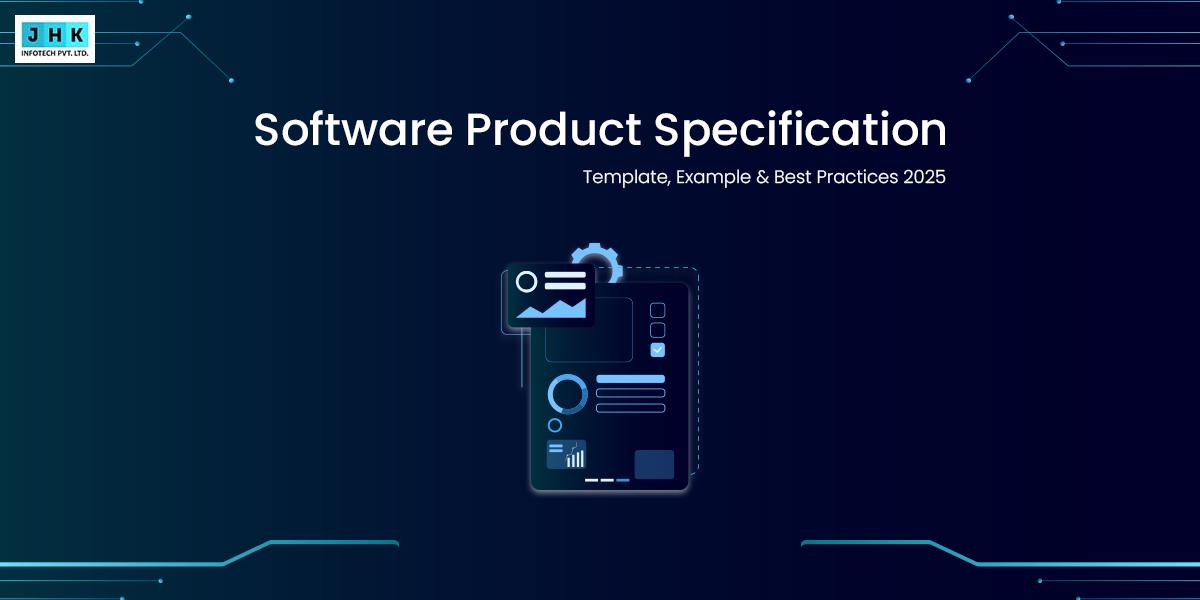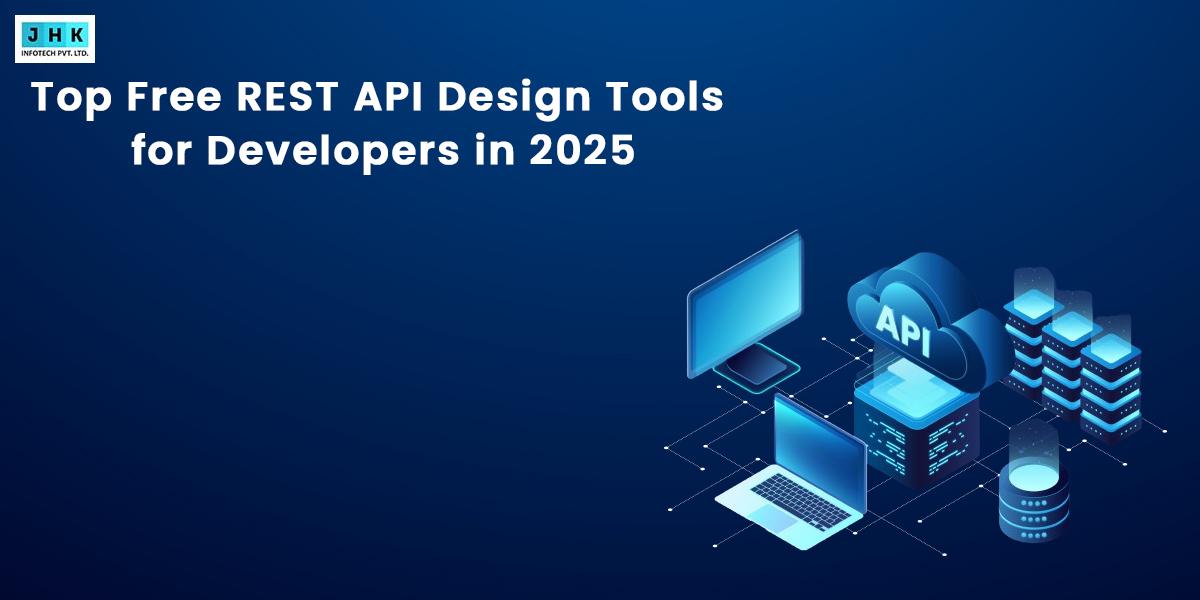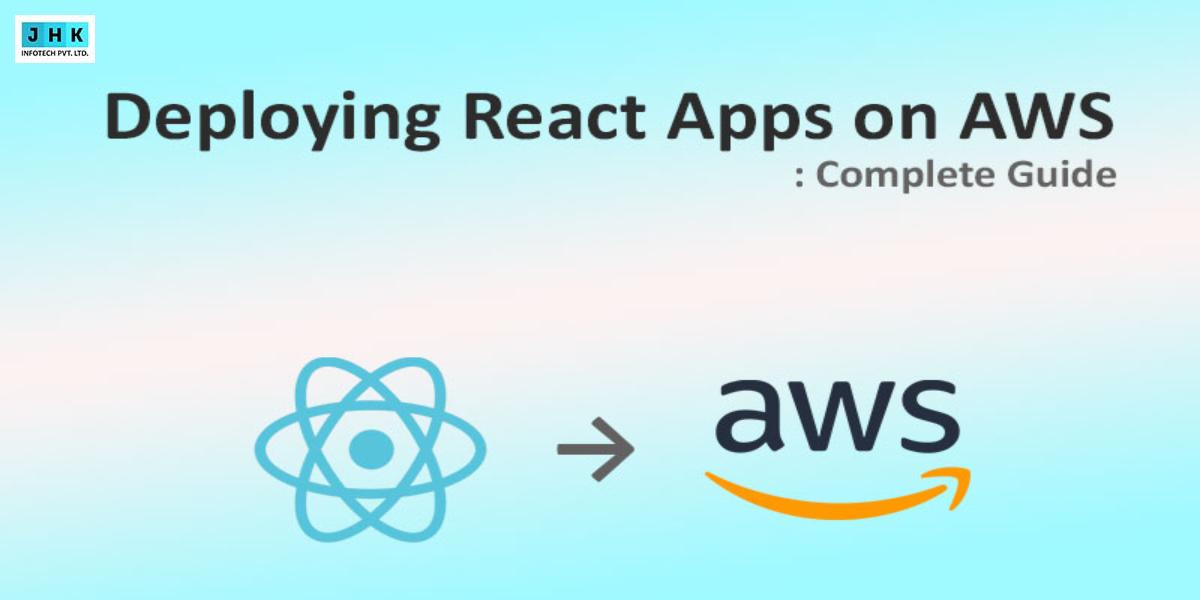Mobile App Making Cost in india 2025 Cost Calculator

India continues to assert its position as a global powerhouse in mobile app development in 2025. With a vast pool of skilled developers, competitive pricing structures, and a mature outsourcing ecosystem, it remains the preferred destination for startups and enterprises worldwide.
The demand for mobile applications is at an all-time high, fueled by digital transformation across verticals such as ecommerce, logistics, edtech, fintech, and health tech. Businesses—regardless of size—are racing to launch mobile-first experiences to stay competitive, efficient, and accessible.
As a result, understanding the mobile app development cost in India 2025 is more critical than ever. Whether you’re bootstrapping a minimal viable product or commissioning a robust, multi-platform enterprise solution, this guide provides an in-depth exploration of pricing models, key cost drivers, and tools to accurately forecast your investment.
How Much Does It Cost to Build an App in India in 2025?
Average App Development Cost in India (2025)
Wondering what it takes financially to develop an app in India? There’s no one-size-fits-all answer. Prices are shaped by scope, functionality, platform, technology stack, and whether you hire a freelancer, an agency, or build in-house.

Freelance app development cost is typically 20–30% lower than that of agencies. However, reduced cost often means limited project management, increased delivery risks, and less structured quality assurance.
Agencies, while more expensive, bring structured development workflows, multi-disciplinary teams, ongoing support, and built-in project governance—making them ideal for scalable or time-sensitive apps.
Estimating App Making Costs: Core Pricing Determinants
A precise estimate requires dissecting the elements that drive up or reduce your app budget. Below are the primary drivers influencing app development costs:
1. App Complexity & Feature Set
The more advanced your app’s functionality, the more time and resources it will require.
- Basic Features: User login, static pages, contact forms.
- Mid-Level Features: Social login, payment integration, real-time chat, in-app notifications.
- Advanced Features: AI-driven search, AR/VR modules, blockchain integration, advanced analytics.
Each new screen, user role, and function increases the development timeline—and hence the cost.
2. iOS vs Android
Platform choice significantly affects pricing. The iOS app making cost in India is generally higher than Android by 10–15%, due to rigorous App Store policies, quality assurance cycles, and device compatibility testing.
In contrast, Android app cost in India benefits from a broader talent pool and more open testing environments, making it the go-to choice for initial MVPs.
3. UI/UX Design
Investing in great design pays off with better retention and engagement. Custom UI/UX work costs between ₹50,000–₹2,00,000, depending on the number of screens, animations, and branding elements.
4. Backend Infrastructure
Apps with features like real-time tracking, cloud sync, or multi-device support require robust backend architecture. Technologies like Firebase, AWS, and Node.js enable this functionality—but not without inflating cost and complexity.
5. Third-Party Integrations
Adding APIs for maps, payments, CRMs, analytics, or chatbot assistants will increase development hours. Each integration must be carefully tested to ensure stability and security.
These factors form the foundation of any app development cost breakdown. Proper planning and prioritization can help optimize budget and delivery timelines.
Mobile App Making Cost Calculator
Estimating the cost of building a mobile app has historically been a complex endeavor. However, in 2025, cost calculators have emerged as indispensable tools for business stakeholders navigating digital investments. Designed for simplicity and speed, these calculators help entrepreneurs, product managers, and CTOs forecast budgets without requiring deep technical insight or developer fluency.
How It Works
App making cost calculators function through a logical sequence of user inputs, translating conceptual ideas into tangible financial figures.
- Choose App Category: The user begins by selecting the app’s business domain—whether it’s ecommerce, fitness, logistics, social networking, education, or food delivery. Each category has its own architecture archetype and functionality expectations, which directly influence cost modeling.
- Select Features:Next, specific functionalities are chosen. These may include basic components such as user login, in-app messaging, and push notifications, or more advanced modules like payment gateways, geo-fencing, real-time tracking, analytics dashboards, and admin panels. The deeper the feature stack, the more development hours—and thus cost—it incurs.
- Define Platforms: Users must indicate whether the app will be deployed on iOS, Android, or both. Native development for individual platforms typically costs more than using a cross-platform framework, but provides greater control over performance and hardware-specific functionality.
- Receive an Instant Estimate: Once the parameters are set, the tool generates an immediate projection. This typically includes:
- Approximate budget range
- Suggested team composition (e.g., 1 project manager, 2 developers, 1 QA engineer)
- Timeline estimation in weeks or months
- Technology stack recommendations
This data equips decision-makers with a preliminary financial map before engaging with a development team or agency.
Popular Tools
Numerous cost estimators have carved a niche in this space, each tailored for varying use cases:
- Buildfire: Renowned for its intuitive interface and modular architecture, Buildfire is especially well-suited for SaaS applications and minimum viable products (MVPs). It’s a popular choice among founders looking for a plug-and-play cost estimator without technical overwhelm.
- Cleveroad Estimator: This tool offers a granular breakdown based on specific features and app sections. It allows users to customize everything from user roles to backend complexity, providing a more tailored estimate. Ideal for those seeking transparency in each development layer.
- Custom Agency Calculators: Many software development firms now integrate proprietary calculators into their websites. These serve dual purposes—educating prospects while generating warm leads. They often include predefined presets for industry-specific apps such as on-demand delivery, edtech platforms, or fintech solutions.
Need a precise quote for your mobile app idea? Check out our mobile app development services page and let’s build it together
Popular App Types & Their Making Costs
Some app archetypes have become industry benchmarks, setting expectations for functionality, user flow, and complexity. Here’s a closer look at some of the most frequently requested app models and their development cost range in India for 2025.
A. Cost to Develop App Like Swiggy in India
Emulating a food delivery powerhouse like Swiggy demands the creation of a sophisticated, multi-layered digital infrastructure. These apps depend on real-time data transfer, intuitive UX design, and seamless integration between stakeholders.
- Customer App: Designed for ease-of-use and speed, this interface includes restaurant listings, smart filters, a cart system, secure payment gateways, coupon code engines, and real-time order tracking linked to a delivery partner’s location.
- Delivery Partner App: Logistics efficiency begins here. The partner app offers optimized route navigation via GPS, order status management, trip history, and an earnings ledger. Real-time order push, performance metrics, and support channels are also integrated.
- Restaurant Panel: Restaurants manage their menus, update item availability, configure pricing, track incoming orders, and apply discount campaigns via this dashboard. Often, this module is web-based for operational simplicity.
- Admin Backend: The command center. Admins oversee the entire delivery network, track transactions, onboard restaurants, resolve disputes, view analytics, and manage commission structures.
- Estimated Cost: ₹12,00,000 – ₹25,00,000+ The variation hinges on the inclusion of AI-based recommendations, scalable cloud infrastructure, custom CMS, and language localization.
Cost to Make an App Like Uber
Developing a ride-hailing application like Uber means engineerFlutter App Development Cost Indiaing an ecosystem of real-time geolocation services, dynamic fare algorithms, and two-sided user interfaces synchronized by a powerful backend.
- Rider App: Core components include trip booking, fare prediction, live driver tracking, SOS features, and post-ride feedback mechanisms. Seamless UX and millisecond response times are paramount.
- Driver App: Enables drivers to accept or reject rides, follow GPS navigation, view earnings and trip summaries, and receive daily performance alerts. Security compliance and fraud detection modules are often layered in.
- Admin Dashboard: The centralized panel includes analytics, region-specific pricing controls, surge management, driver ratings, customer complaints, and operational command tools.
- Estimated Cost: ₹15,00,000 – ₹30,00,000+ Additional costs emerge from complex AI route optimization, multi-tiered customer support integration, and payment gateway diversification (including wallets and UPI).
Flutter App Making Cost India
Flutter, Google’s cross-platform development framework, has surged in popularity among startups and SMEs seeking efficiency without sacrificing performance. With a single Dart codebase deployed to both Android and iOS, it drastically cuts down on development timelines and maintenance overhead.
Flutter is best suited for apps where uniform UI and native performance are critical but the budget is constrained. It supports hot-reload during development, custom animations, and access to native APIs, making it ideal for launching MVPs or internal enterprise solutions.
Average Flutter App Cost: ₹4,00,000 – ₹10,00,000
Use cases include:
- Event apps
- Inventory trackers
- Customer engagement apps
- MVPs for pitch decks or investor demos
Costs scale with backend complexity, cloud services integration, and design sophistication. For instance, a Flutter app with Firebase backend and Stripe payment integration would cost more than a basic Flutter app with static content and simple navigation.
Agencies vs Freelancers vs In-House Teams

Cost Saving Tips & Strategies
- Start with an MVP: Strip the app down to core functionalities. Add advanced features post-launch based on real user feedback.
- Use Cross-Platform Tools: Flutter and React Native reduce duplication and cost by up to 40%.
- Leverage Cheap App Development India Providers: Many tier-2 cities now offer high-quality talent at lower rates.
- Adopt Open-Source Frameworks: Reduce licensing and coding time by using prebuilt modules and libraries.
- Automate Testing: Investing in automated QA early reduces bugs, rework, and post-launch costs.
Strategic choices like these can reduce your total spend while maintaining high product quality and faster release cycles.
Conclusion
India remains one of the most cost-efficient and talent-rich regions for mobile app development in 2025. Whether you’re building a small business app or a multi-role enterprise solution like Uber or Swiggy, understanding the mobile app making cost in India—and the variables that affect it—is essential to staying on track.
Use estimation tools, compare teams wisely, and adopt cost-saving frameworks. And above all, plan with scalability in mind. With the right strategy and partner, your app can go from idea to launch without breaking the bank.
Looking for tailored estimates? Reach out today for top-tier mobile app development services in India.
FAQ’s
1. How much does it take to build an app in India?
The cost of building a mobile app in India typically ranges from ₹50,000 to ₹10,00,000+, depending on the app’s complexity, features, platform (Android/iOS), and the development team’s experience. A simple app with basic functionality can be developed in 3–6 weeks, while feature-rich applications with backend integration, APIs, and custom UI/UX may take 3 to 6 months or more.
2. What is the costing price of app development services in India?
App development services in India are relatively affordable compared to global markets. On average:
- Basic apps: ₹50,000 – ₹1,50,000
- Medium-complexity apps: ₹1.5 – ₹5 lakhs
- High-end custom apps (with AI, payment gateways, admin panels): ₹5 – ₹15 lakhs+
Hourly rates in India range from ₹800 to ₹2,500/hour, depending on the agency or freelance developer’s expertise.
3. What is the estimated CAC for the Uber India app?
While Uber doesn’t publicly disclose specific Customer Acquisition Costs (CAC) by country, estimates suggest that the CAC for a rider in India ranges between ₹100 to ₹300, depending on city tier and campaign type. This includes digital marketing spend, referral offers, app install costs, and promotional campaigns. CAC can vary based on the market saturation, retention rates, and marketing channel efficiency.
4. Why is app development important?
App development plays a critical role in today’s digital-first economy. It allows businesses to:
- Engage customers directly on mobile
- Increase accessibility and brand presence
- Offer personalized experiences
- Improve operational efficiency
- Collect real-time user data and feedback
For industries like ecommerce, fintech, healthtech, and on-demand services, having a mobile app is no longer optional—it’s essential for growth, scalability, and staying competitive.










